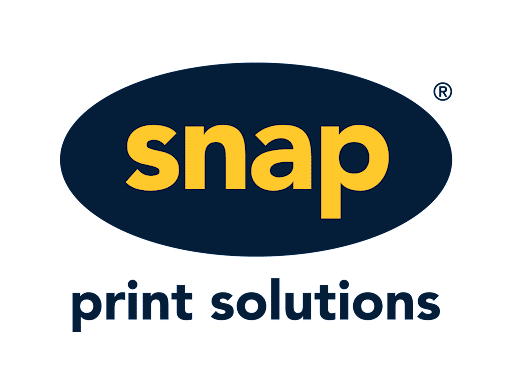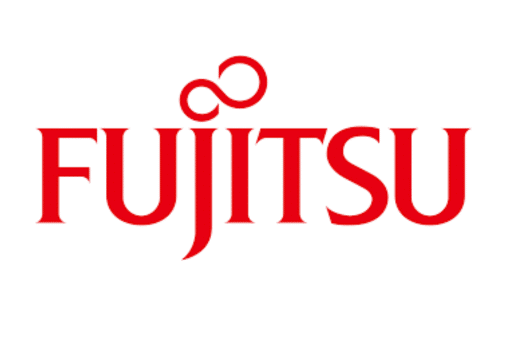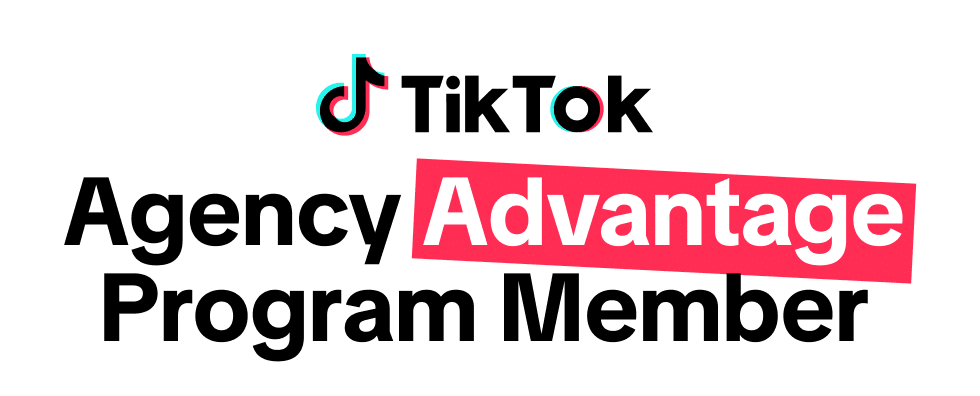Designing for Attention: Are Short-form Videos the New Standard?
In a world where skipping and scrolling are second nature, attention has never been harder to earn. For in‑house marketers balancing performance with brand building, one question looms large: has short‑form video become the new marketing standard?
Attention is the new currency
The average attention span has fallen from around 12 seconds in 2000 to just eight today. On social media, people decide whether to stay or scroll in under three seconds. And in Australia, that reality is showing up in ad spend: internet advertising rose 11% year‑on‑year, with video growing by nearly 20%. Globally, the trend is the same and platforms built for immediacy - Instagram through Reels, TikTok, YouTube through Shorts - now dominate consumer behaviour.
And although it may seem that attention spans have collapsed, in reality, people have simply developed faster filters. With so much content competing for space, audiences are more selective than ever and the challenge for brands isn’t that people can’t pay attention, it’s that they won’t unless something signals value.
Short-form video works - What the data tells us
One of the strongest signals that short-form video is extremely effective is the impact on engagement and retention. Research shows that videos under 90 seconds achieve significantly higher completion rates, as audiences are far more likely to stay through content that starts strong and feels relevant.
This shift in behaviour is mirrored by the flow of ad spend. Globally investment in short-form video is projected to reach USD $145.8 billion by 2028, growing at a compound annual rate of around 9.5%. It’s no longer an experimental channel, and you should start embedding it into long-term strategies because that is where the attention is moving.
In Australia, these global shifts are amplified by the dominance of mobile. As more people consume content on their phones, you’re competing in a space where short-form video has become the priority format. Budgets are increasingly flowing into production and optimisation because audiences expect content that’s designed for a mobile-first experience. Essentially, consumer habits and media environments are shaping each other in real time.
Lastly, the platforms people use are reinforcing this direction. Algorithms on TikTok, Instagram Reels and YouTube Shorts actively prioritise snappy, high-impact content that grabs attention in seconds. That means strong visuals and catchy openings are no longer “nice to have”, they’re the baseline if you want reach and organic momentum.
Most importantly - your audience already prefers this format. Research shows that people are more likely to discover or learn about products through video than through text, and they expect brands to show up where they spend their time: in feeds filled with short, punchy clips.
Buyer behaviour is becoming more fragmented
Buyer journeys are not linear anymore. It’s a series of fleeting impressions and dozens of “micro-moments” before conversion.
Your audience might see your brand in a TikTok trend, a YouTube Short, a Reel snippet or a blog post all within hours. And each of those moments contributes to trust, familiarity and relevance.
So while decision-making is indeed becoming faster because information processing through short-form video is faster and more dynamic, attention is very fragmented. That’s why short-form has become the glue between awareness and action.
Is short-form video right for you?
Short-form video has become a format that almost every industry can use to its advantage. So now the question isn’t whether your brand can use it, but how it fits into your strategy.
Retail or eCommerce
If you’re in retail or e-commerce, short-form is a natural fit. You can showcase products quickly, create urgency with limited-time offers and spark desire in just a few seconds. Audiences are already primed to shop straight from their feeds, so you’re meeting them exactly where they are.
Example: Haigh’s Chocolates
Haigh’s shows how heritage brands can win in short-form. Their Instagram Reels and TikToks blend behind-the-scenes craftsmanship with mouth-watering visuals, making each clip a sensory hit. Think slow-motion chocolate pours, artisanal close-ups and behind-the-scenes videos.
Key takeaway: You can play by the platform’s rules and protect your brand voice at the same time. Bold doesn’t mean off-brand, it means knowing your tone well enough to bend it.
B2B/Services
For service-based and B2B brands, short-form is less about entertainment and more about building trust and awareness. Think of it as a way to humanise your brand: quick explainer clips or client testimonials that make your business more approachable.
Example: Shopify
Shopify’s short-form content proves that B2B doesn’t have to be boring. Their videos focus on quick business tips, merchant stories and startup inspiration, all delivered in under a minute and great for building credibility through education. They strike the perfect balance between professional and personal by humanising their brand while positioning themselves as the go-to partner for ambitious entrepreneurs.
Key takeaway: In B2B, short-form works best when it teaches. Show your expertise in action. A quick explainer or client success clip can build far more trust than a polished corporate reel.
B2C
B2C brands have the freedom to entertain, and the most successful ones do it in a way that goes beyond reach and deepens affinity.
Example: Ryanair
Ryanair’s short-form content breaks every conventional “brand” rule, which is precisely why they’re such a hit with 1.7M followers on Instagram. Their TikTok presence thrives on humour and trend-hijacking, all while reinforcing their low-cost, no-frills identity.
They don’t shy away from memes or self-deprecating jokes and instead use them as their storytelling tool.
Key takeaway: You can play by the platform’s rules and protect your brand voice at the same time. Bold doesn’t mean off-brand, it means knowing your tone well enough to bend it.
Entertainment/Recreation
In the experience economy, attention is about immersion. From campaigns designed to shift behaviour to viral cultural moments, entertainment companies can use short-form as a tool for amplifying reach and connecting emotionally.
Example: BridgeClimb Sydney
BridgeClimb Sydney is a standout example of how to translate real-world awe into short-form storytelling. Their Reels and TikToks blend sweeping drone shots, climber reactions and panoramic harbour views into bursts of emotion.
Key takeaway: Design your short-form content around the peak moment of your experience, the point of thrill, wonder or emotional payoff. Lead with that and sell the feeling people want to remember.
Government/NPO
For government agencies and not-for-profits, attention is about changing behaviours and mobilising communities. Short-form video is now one of the most effective ways to do that. It brings messages to life in a way static graphics or long reports can’t, making your cause visible and relatable.
Example: Edgar’s Mission
Edgar’s Mission, a not-for-profit sanctuary for rescued farm animals, shows exactly how to do this well. Their short-form videos capture simple scenes of care that remind audiences why compassion matters.
Key takeaway: Build your short-form strategy around human moments of change. Show the emotion first, the message second. That’s how you turn awareness into real-world momentum.
Essentially, short-form video is right for you if your audience is scrolling on mobile - which, in 2025, means almost everyone. The key is knowing how to tailor your creative so it matches your goals: awareness, engagement, conversion or education.
How to do short-form really well - A checklist
Anyone can shoot a 20-second clip, but getting it right so it cuts through and holds attention takes strategy and craft. Here are the principles you should keep front of mind:
1. Hook fast or lose them
You have two to three seconds to convince someone not to scroll. That means leading with a bold visual, a surprising statement or a question your audience can’t ignore. If you save the punchline for the end, most people won’t see it.
2. Design for sound-off as much as sound-on
A huge share of short-form content is watched on mute. Use captions and visuals that tell the story without relying on audio. If the message disappears without sound, you’ve wasted the format.
3. Keep it short, but not shallow
Don’t confuse brevity with emptiness. A 15-second video can still tell a powerful story if it’s tightly edited and clearly structured. Prioritise one message, one action, one clear takeaway.
4. Match the platform, don’t just recycle
What works on TikTok won’t necessarily land on YouTube Shorts or Instagram Reels. Each platform has its own cultural rules. If you simply crop a long video and push it everywhere, you’ll look out of touch.
5. Balance trends with brand
Leaning into trending sounds, memes or editing styles can give you reach, but not if it dilutes your brand. Use trends as creative tools, but always filter them through your own tone and values while aligning with audience expectations.
6. Test and iterate
The beauty of short-form is its speed. You can test multiple hooks or calls-to-action without breaking the bank. Track metrics like retention and conversions instead of just views to understand what’s working.
7. Blend short with long
Short-form should rarely exist in isolation. Use it to grab attention and spark interest, then connect it with longer, richer content that builds brand and deepens trust.
Pro tip: Look beyond your own feed
It’s easy to get caught up in your own metrics, but it’s best practice to zoom out. Treat the feed like a focus group that never sleeps.
Creative intelligence tools like TikTok Creative Centre, Meta Ads Library and YouTube Ads Transparency let you see what’s resonating across industries and more importantly, why audiences are reacting the way they are.
1. TikTok Creative Centre
This tool is your live pulse on what’s winning attention right now. You can filter by region, industry and objective and instantly see the top-performing ads.
Use it to:
- Spot emerging creative patterns - How are brands structuring the first 3 seconds? What motion or text styles dominate?
- Analyse sound strategy - Which sounds are peaking in your category, and how are they being contextualised?
- Borrow the energy, not the template - Use the insight to build your own creative hypothesis.
2. Meta Ads Library
Meta’s Ad Library is a goldmine for understanding how brands position themselves in motion. You can search by brand, keyword or category and view every active ad running across Facebook and Instagram.
Use it to:
- Identify positioning themes - What value propositions are being repeated across ads in your niche?
- Study format choices - Are competitors using Reels, Stories, carousel-to-video hybrids or something entirely new?
3. YouTube Ads Transparency feature
While TikTok and Meta win in short bursts, YouTube Shorts bridges short-form and long-form discovery. The Ads Transparency feature lets you see what video ads a brand is currently running, and often, where they link.
Use it to:
- Study sequencing - How do short pre-rolls connect to longer storytelling pieces?
- Analyse call-to-action framing - Are they pushing sign-ups first or brand storytelling first?
- Benchmark production values - What does “quality” look like in your category - slick, cinematic, lo-fi?
Final thoughts
Designing for attention today means designing for stories that fit in the palm of your audience’s hand.
At Rocket, we help brands transform strategy into scroll-stopping creative that wins attention and drives results in the feeds where it matters most. If this is something you’re after, we’d love to help - let's talk.
About the Author

Ash is Rocket's in-house Marketing Coordinator and the Producer of the Smarter Marketer Podcast. With a passion for marketing and sharp analytical skills, she excels at uncovering the hidden stories behind what drives marketing success.
Ash has worked with B2B SaaS companies in the FinTech and EdTech industries in Australia and India. She holds a Master of International Business degree from the University of Melbourne.
When not busy marketing Rocket, you'll likely find her brewing a delectable cup of chai.








































